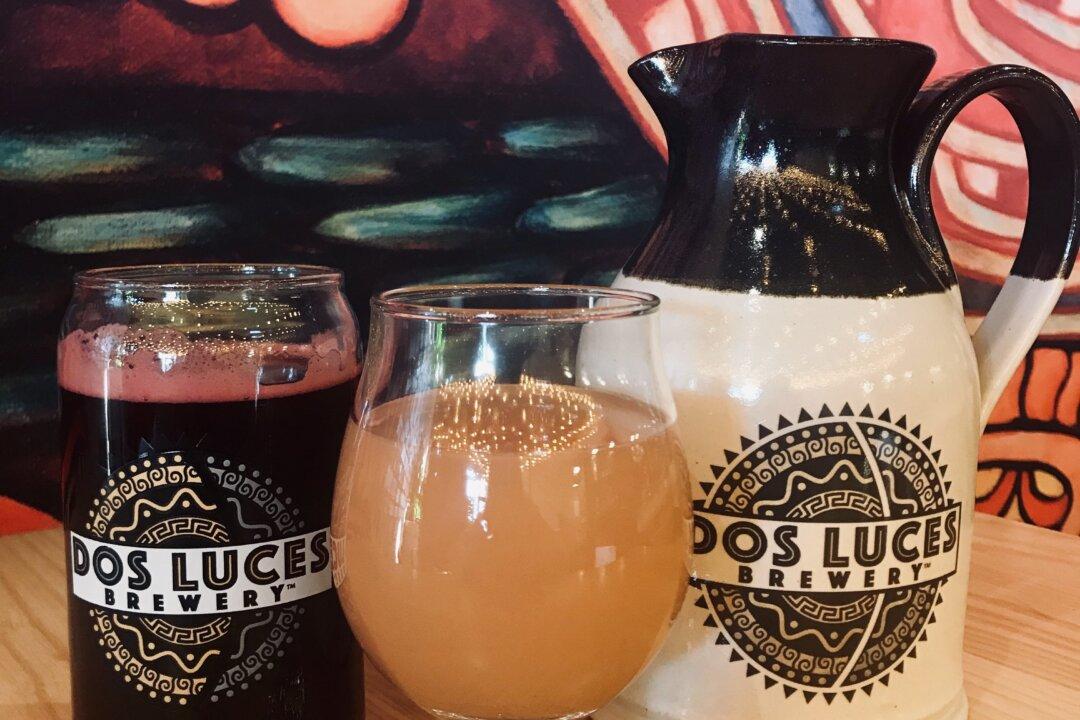For all its innovation, the American craft-brewing industry is built on a European foundation. Experts can reasonably disagree on what defines an American beer style (for instance, this writer pinpoints eight, this one only three) but not about the fact that most are variants on the beers of Belgium, Germany, France, and the U.K.
Brewers Judd Belstock and Sam Alcaine hope to change that by going out on a limb—or rather, a stalk—and working with New World corn rather than Old World barley.





